Lately, dogs and cats are kids, and plants are the new pets. Everyone wants to get their hands on something exotic and unique to add to their collection of greens.
Hoya Kerrii is a must-have to your collection if you want something cute and adorable cuddled up at the corner of your room that takes up all your love and affection.
If you already have it, congratulations! It goes by many names, such as Sweetheart Hoya, Valentine Hoya, and Wax Hearts.
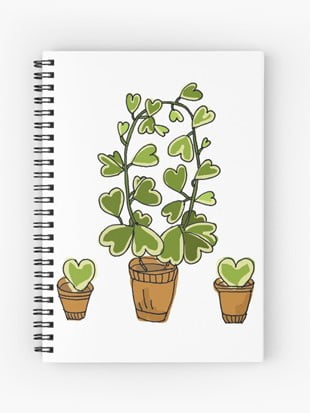
Those little chubby leafed plants need lots of love and delicate handling, but they are low maintenance. This article will help you to take care of your Hoya Kerrii the way it needs to be.
Hoya Kerrii is native to South-east Asia and can be found abundantly in South China, Vietnam, Indonesia, and Thailand.
Hoya is a wild vine commonly found in the mountains. A botanist first collected it from Northern Thailand and Viola! You have a cute little house plant.
Now, since it is in a small pot in an apartment, you must condition its surroundings to match its natural habitat.
Care Guide for Your Sweetheart Hoya!
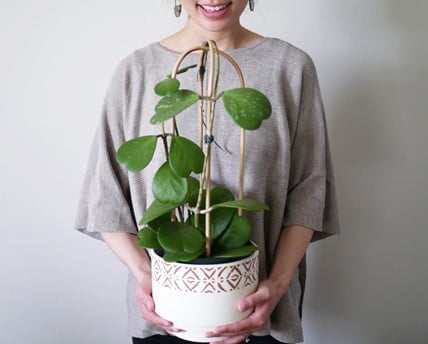
Hoya is a pet-safe plant family, which makes it easier for many to keep. It is somewhere between a plant and a succulent therefore taking care is easy and not time-consuming.
The only thing those plush babies need is love and patience. A little tending, and it will thrive.
There are few varieties of Hoya Kerrii that you can get for yourself.
Hoya Kerrii
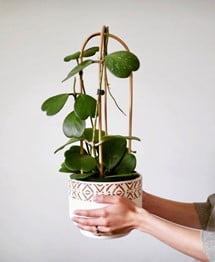
The most common Hoya Kerrii has heart-shaped leaves with a woody vine. It can grow up to 15 feet if proper care and nourishment are provided. The leaves are on an average 6cm in width and 5mm in thickness. They have a uniform green color and a waxy texture.
Hoya Kerrii Splash
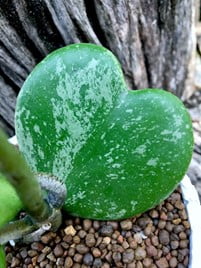
This variety has green heart-shaped waxy, thick leaves with silver splashes. The foliage looks unique because of the splatter on its leaves and gives it an exotic look. Hoya grows like a vine and bears beautiful flowers with a delightful fragrance
Hoya Kerrii Albomarginata
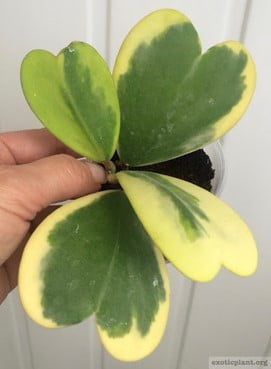
This woody vine with waxy succulent heart-shaped leaves is like Splash, but the color is different. It is bright pale yellow and green. Most leaves will have an outer lining of yellow with a green middle. The irregular yellow edge makes each leaf unique and different. With such exquisite tropical evergreen leaves, Albomarginata is nothing less than a piece of art.
Sweetheart Single Leaf
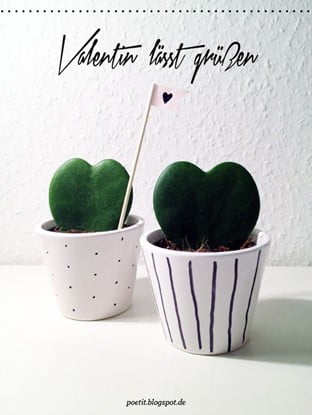
A single leaf variety is what you will come across most commonly. Now you will not be able to resist yourself when you see those cute single sweetheart leaf in their cute little pots but, 95% of the time, the single leaf does not grow into an actual vine.
Those who leave with roots need nods from the mother plant to grow into a fully grown vine. You can water them and take care of them just as you will do with the vine, and it will survive.
You can find those abundantly during Valentine’s day in almost all flower shops. It costs something around 5$ to 8$ for one leaf in a tinny pot. Some might even have romantic quotes written on the leaves.
Light
Being a tropical vine, Hoya Kerrii loves the sun. So make sure to give it sunlight for at least 5-6hrs a day. Place it by a south-west facing or a west window so that your plant gets abundant sunlight. Avoid dark spots or direct sunlight as it may sometimes burn the leaves. During winter, you can place your vine under Grow Light. Hoya thrives well in natural, indirect, bright light.
Water
Treat your Hoya Kerrii like a succulent. Water it once a month or every 15-day since they tend to rot quickly. Always remember under watering is better than over-watering. If you cannot understand how much water your plant needs, water it tills your finger picks up dirt once you press against the soil.
You can water your vine every week during the spring and summertime since it is the growing season. Shower your pot till you see water running out from underneath, or you can place it in a bigger pot filled with water halfway.
Wait till the soil drinks up the water so that you can fill it up with more. You can mist your leaves during winter and put on a polythene packet to retain moisture. Shower or wash your leaves as they tend to collect dust easily.
Soil
Your precious vine needs well-draining soil so mix your own. Get pre-mixed potting soil (50%) and add perlite (25%) along with orchid bark (25%). You can throw in some sand as well. If your mix is not well, the soil will retain too much water, and there is a high chance that your roots will rot.
Trimming, Propagating and Re-Potting
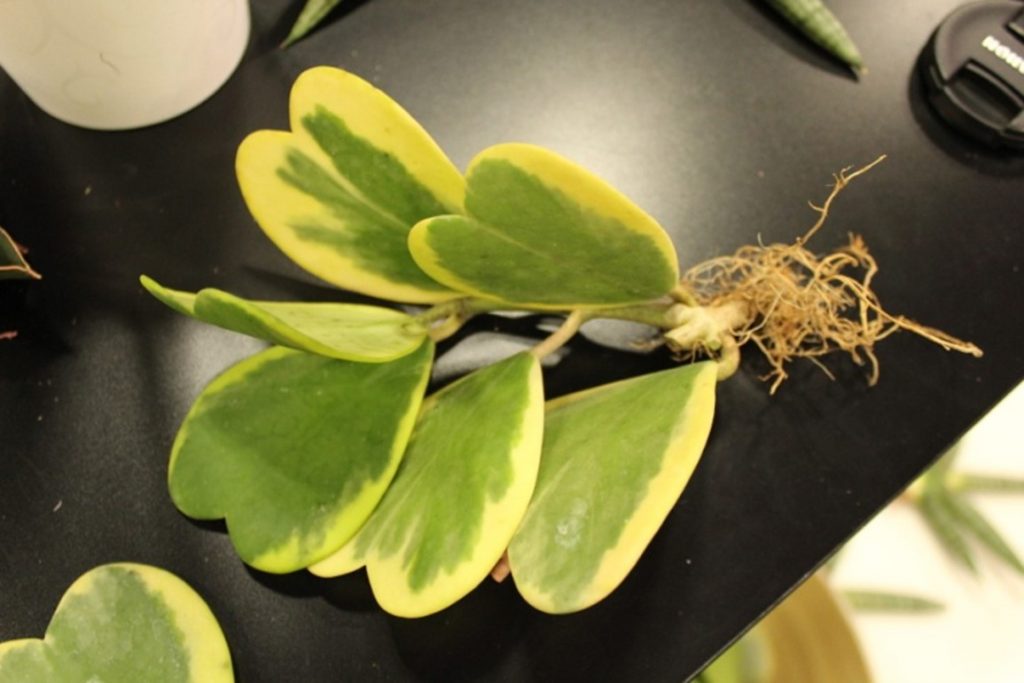
If you get your hands on a fully grown vine, get yourself a cutting with at least two succulent leaves and nodes from the mother plant. Propagating Hoya Kerrii is very simple once you get the hang of it. Make sure the piece you get is a healthy stem with good leaves attached to it.
Now let your stem heal for a night before you dip it in water to grow the roots. Once you see some healthy root, transfer the plant to a well-draining pot. You will not be able to see any progress for the first six months but have some patience.
Around the growing season, with is spring and summer, you might see a leaf or two coming up. Hoya Kerrii is a slow grower, but once you see some progress, you are just a few steps away from a lovely looking vine.
If you are an anxious plant lover, I suggest you pot your Hoya Kerrii in a glass jar or transparent pot. This way, even if the vine looks the same, you will see the roots growing underneath.
Re-potting your Hoya Kerrii is a very debatable topic. The plant needs a well-draining pot, so you should re-pot your plant every alternative year. Or do not re-pot unless the plant to pot ratio is too unbalanced.
Trimming is not suggested but only do it if the vine is getting out of hand. Try bamboo trellis instead.
Interesting Facts
- Hoya species thrive in a warmer climate. It is better to keep the temperature between 18-degree Celsius to 28 degrees Celsius if you want your vine to be happy.
- All the Hoya plants are pet friendly as they are not poisonous. But the leaves are not so delicious so, try and keep your cats away from chewing on them.
- The vines are woody so that it can reach high and have a good grip. A healthy vine can grow up to 15 feet.
- It is such a low maintenance plant that it hardly needs fertilizer. But if you still feel like feeding your plant well, you can spray a bit of any house plant fertilizer once or twice a year. But keep in mind, Hoya Kerrii is a very slow-growing plant, so you might not see any change.
- The vine will give you beautiful flowers once a year, and it will be full of nectar. During this period, the growth will reduce, and you might not see any new leaves. But keep in mind only older plants give you flowers.
- Do not cut those naked vines. I know it is very tempting, but it is just trying to reach somewhere and get a proper grip before it gives you new leaves. The heart-shaped leaves are plum and heavy. Therefore, it needs balance and support.
- The vines are woody and stiff in older plants. So, when you get the plant at a young age, it is advised that you train it since the stems are still soft. You can use bamboo trellis to shape your vines the way you want.
- Sometimes the stems might ooze out white secretions. Do not be alarmed as it is natural. Your vine is not dying, so do not worry. If you want, you can wipe it off with some cotton or just let it be. It happens when the stem bends too much. What you can do is guide the vine so that it does not stress much.
- It is very usual to see the leaves turning yellow if you are new to this. Well, it is a clear indication that the vines are either over watered or under watered. It happens mostly if the soil is not right and does not drain well. The roots suffocate and start to rot, turning the leave squishy and yellow.
- Another reason for not having a thriving plant is the wrong cutting of stem before propagating.
I hope this article was helpful. Now go and be an excellent parent to your plush babies!
Hoya Kerrii Guide: How to Take Care of a Hoya Kerrii Plant
Lately, dogs and cats are kids, and plants are the new pets. Everyone wants to get their hands on something exotic and unique to add to their collection of greens.
Hoya Kerrii is a must-have to your collection if you want something cute and adorable cuddled up at the corner of your room that takes up all your love and affection.
If you already have it, congratulations! It goes by many names, such as Sweetheart Hoya, Valentine Hoya, and Wax Hearts.
Those little chubby leafed plants need lots of love and delicate handling, but they are low maintenance. This article will help you to take care of your Hoya Kerrii the way it needs to be.
Hoya Kerrii is native to South-east Asia and can be found abundantly in South China, Vietnam, Indonesia, and Thailand.
Hoya is a wild vine commonly found in the mountains. A botanist first collected it from Northern Thailand and Viola! You have a cute little house plant.
Now, since it is in a small pot in an apartment, you must condition its surroundings to match its natural habitat.
Care Guide for Your Sweetheart Hoya!
Hoya is a pet-safe plant family, which makes it easier for many to keep. It is somewhere between a plant and a succulent therefore taking care is easy and not time-consuming.
The only thing those plush babies need is love and patience. A little tending, and it will thrive.
There are few varieties of Hoya Kerrii that you can get for yourself.
Hoya Kerrii
The most common Hoya Kerrii has heart-shaped leaves with a woody vine. It can grow up to 15 feet if proper care and nourishment are provided. The leaves are on an average 6cm in width and 5mm in thickness. They have a uniform green color and a waxy texture.
Hoya Kerrii Splash
This variety has green heart-shaped waxy, thick leaves with silver splashes. The foliage looks unique because of the splatter on its leaves and gives it an exotic look. Hoya grows like a vine and bears beautiful flowers with a delightful fragrance
Hoya Kerrii Albomarginata
This woody vine with waxy succulent heart-shaped leaves is like Splash, but the color is different. It is bright pale yellow and green. Most leaves will have an outer lining of yellow with a green middle. The irregular yellow edge makes each leaf unique and different. With such exquisite tropical evergreen leaves, Albomarginata is nothing less than a piece of art.
Sweetheart Single Leaf
A single leaf variety is what you will come across most commonly. Now you will not be able to resist yourself when you see those cute single sweetheart leaf in their cute little pots but, 95% of the time, the single leaf does not grow into an actual vine.
Those who leave with roots need nods from the mother plant to grow into a fully grown vine. You can water them and take care of them just as you will do with the vine, and it will survive.
You can find those abundantly during Valentine’s day in almost all flower shops. It costs something around 5$ to 8$ for one leaf in a tinny pot. Some might even have romantic quotes written on the leaves.
Light
Being a tropical vine, Hoya Kerrii loves the sun. So make sure to give it sunlight for at least 5-6hrs a day. Place it by a south-west facing or a west window so that your plant gets abundant sunlight. Avoid dark spots or direct sunlight as it may sometimes burn the leaves. During winter, you can place your vine under Grow Light. Hoya thrives well in natural, indirect, bright light.
Water
Treat your Hoya Kerrii like a succulent. Water it once a month or every 15-day since they tend to rot quickly. Always remember under watering is better than over-watering. If you cannot understand how much water your plant needs, water it tills your finger picks up dirt once you press against the soil.
You can water your vine every week during the spring and summertime since it is the growing season. Shower your pot till you see water running out from underneath, or you can place it in a bigger pot filled with water halfway.
Wait till the soil drinks up the water so that you can fill it up with more. You can mist your leaves during winter and put on a polythene packet to retain moisture. Shower or wash your leaves as they tend to collect dust easily.
Soil
Your precious vine needs well-draining soil so mix your own. Get pre-mixed potting soil (50%) and add perlite (25%) along with orchid bark (25%). You can throw in some sand as well. If your mix is not well, the soil will retain too much water, and there is a high chance that your roots will rot.
Trimming, Propagating and Re-Potting
If you get your hands on a fully grown vine, get yourself a cutting with at least two succulent leaves and nodes from the mother plant. Propagating Hoya Kerrii is very simple once you get the hang of it. Make sure the piece you get is a healthy stem with good leaves attached to it.
Now let your stem heal for a night before you dip it in water to grow the roots. Once you see some healthy root, transfer the plant to a well-draining pot. You will not be able to see any progress for the first six months but have some patience.
Around the growing season, with is spring and summer, you might see a leaf or two coming up. Hoya Kerrii is a slow grower, but once you see some progress, you are just a few steps away from a lovely looking vine.
If you are an anxious plant lover, I suggest you pot your Hoya Kerrii in a glass jar or transparent pot. This way, even if the vine looks the same, you will see the roots growing underneath.
Re-potting your Hoya Kerrii is a very debatable topic. The plant needs a well-draining pot, so you should re-pot your plant every alternative year. Or do not re-pot unless the plant to pot ratio is too unbalanced.
Trimming is not suggested but only do it if the vine is getting out of hand. Try bamboo trellis instead.
Interesting Facts
- Hoya species thrive in a warmer climate. It is better to keep the temperature between 18-degree Celsius to 28 degrees Celsius if you want your vine to be happy.
- All the Hoya plants are pet friendly as they are not poisonous. But the leaves are not so delicious so, try and keep your cats away from chewing on them.
- The vines are woody so that it can reach high and have a good grip. A healthy vine can grow up to 15 feet.
- It is such a low maintenance plant that it hardly needs fertilizer. But if you still feel like feeding your plant well, you can spray a bit of any house plant fertilizer once or twice a year. But keep in mind, Hoya Kerrii is a very slow-growing plant, so you might not see any change.
- The vine will give you beautiful flowers once a year, and it will be full of nectar. During this period, the growth will reduce, and you might not see any new leaves. But keep in mind only older plants give you flowers.
- Do not cut those naked vines. I know it is very tempting, but it is just trying to reach somewhere and get a proper grip before it gives you new leaves. The heart-shaped leaves are plum and heavy. Therefore, it needs balance and support.
- The vines are woody and stiff in older plants. So, when you get the plant at a young age, it is advised that you train it since the stems are still soft. You can use bamboo trellis to shape your vines the way you want.
- Sometimes the stems might ooze out white secretions. Do not be alarmed as it is natural. Your vine is not dying, so do not worry. If you want, you can wipe it off with some cotton or just let it be. It happens when the stem bends too much. What you can do is guide the vine so that it does not stress much.
- It is very usual to see the leaves turning yellow if you are new to this. Well, it is a clear indication that the vines are either over watered or under watered. It happens mostly if the soil is not right and does not drain well. The roots suffocate and start to rot, turning the leave squishy and yellow.
- Another reason for not having a thriving plant is the wrong cutting of stem before propagating.
I hope this article was helpful. Now go and be an excellent parent to your plush babies!

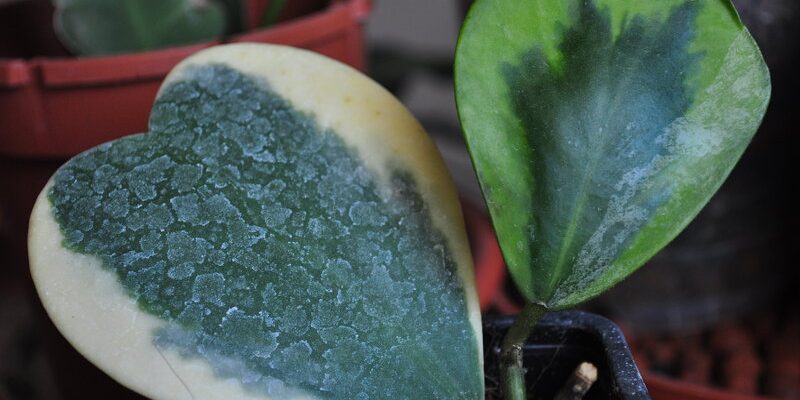








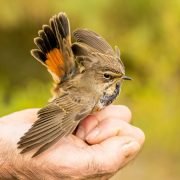

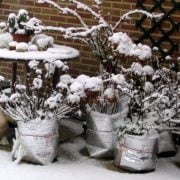
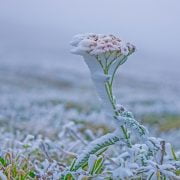
Comments